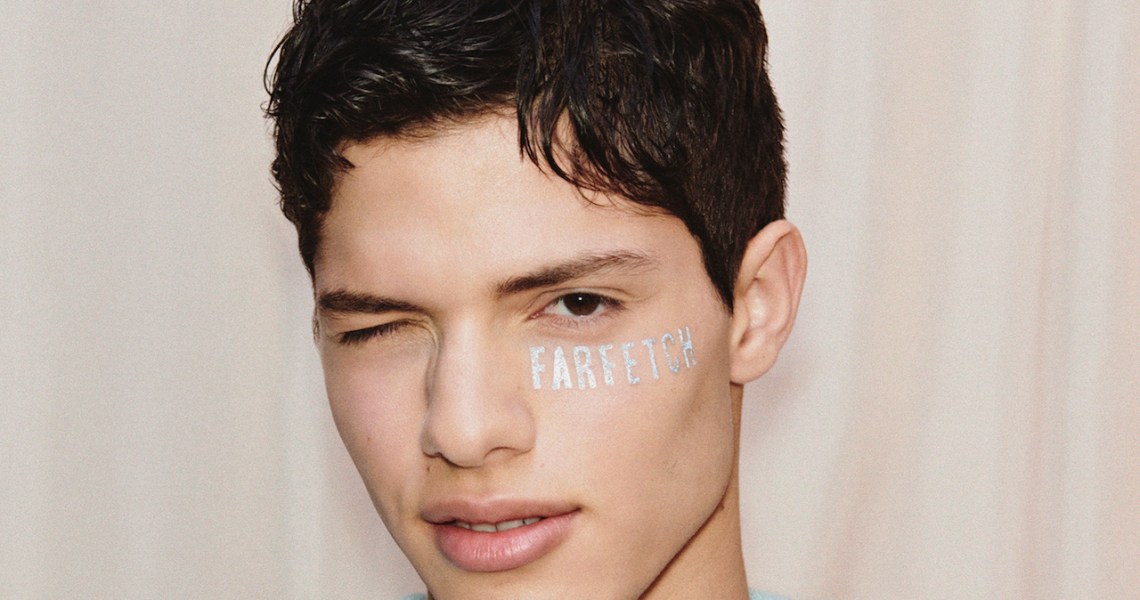Welcome to the Glossy+ Research Briefing, your weekly curation of fashion and beauty research insights. Glossy+ members have full access to the research below.
In this edition, we share focal points from Glossy’s recently released report on how luxury shoppers are spending more on luxury goods this year.
Interested in sharing your perspectives on the future of fashion, luxury and beauty?
Apply to join the Glossy research panel.
36% of luxury shoppers are spending more on luxury goods this year
Global online fashion marketplace Farfetch is announcing its Q2 2023 earnings results today amid industry rumblings that it will stop selling beauty products online by the end of the month. It’s only been a little more than a year and half since Farfetch acquired luxury beauty retailer Violet Grey and subsequently launched an online beauty business in April 2022.
However, that 2022 launch wasn’t Farfetch’s first attempt to establish — and possibly later abandon — a beauty business. Farfetch initially made a foray into beauty in 2015, but discontinued it due to the challenges with selling beauty under its marketplace model.
The move comes amid recent research surveys results from Glossy x Saks Research that found that about one-third (36%) of luxury shoppers are actually spending more on luxury goods this year compared to 2022. Thirteen percent of respondents said they are spending “much more” in 2023 compared to their spending in 2022, and 23% are spending “slightly more.”
Ad position: web_incontent_pos1
Meanwhile, most of the consumer panelists (51%) said they don’t currently shop with resale value in mind and they never have, although many e-tailers like Farfetch offer a resale marketplace. Five percent of respondents even said they’ve decreased their consideration of resale value when shopping in the last 12 months, compared to the 12 months prior. But on the flip side, 25% said they’ve consistently considered resale value when shopping. And 19% said they’ve upped their focus on resale value in the last 12 months.
Key findings:
- The segments with the most consumers claiming to spend more on luxury goods in 2023 are men (39%), and people with household incomes of $300,00-$499,999 (38.5%) and at least $500,000 (38.6%).
- It was older shoppers that most reported having never considered resale value, specifically those ages 51-60 (51.9%), 61-70 (60.1%) and 70-plus (74.4%). Men also fall in that category, with 59.9% saying they don’t consider resale value.
Ad position: web_incontent_pos2
Research Rewind: Kate Spade owner Tapestry acquires Capri Holdings, as Kate Spade pairs with influencers to boost brand
Last Thursday, Tapestry, Inc. announced its $8.5 billion acquisition of Capri Holdings Limited and gave legs to the once farfetched notion of a leading global fashion group birthed in the states. Once the deal goes into effect next year, one U.S. company will own six major fashion brands bringing in a combined $12 billion in annual revenue. Tapestry will add the Versace, Jimmy Choo and Michael Kors brands to its existing portfolio that includes Coach, Kate Spade and Stuart Weitzman.
Glossy+ Research recently took a deeper look at how one of those brands, Kate Spade, used influencers to revitalize its brand as part of a larger case study on how brands have paired influencers and events to boost awareness.
In February, Kate Spade New York unveiled its fall 2023 collection with a New York Fashion Week presentation in which it invited influencers to engage with its new collection. The brand partnered with fashion influencers Charles Gross and Madeleine White to co-host a livestream, and it also posted content created by White and Gross — who have 4.1 million and 1.3 million TikTok followers respectively — on its TikTok, Instagram and Twitter accounts.
The livestream was well received by FacebookWatch viewers, with 120 reactions, 106 comments and 17 shares, and the social media posts garnered positive results as well.
Key findings:
- The Kate Spade brand’s social media posts received strong engagement — especially on Instagram, where the content received more than 50,000 likes. It also drove more than 64,000 views on TikTok and 163,000 Twitter impressions.
- Kate Spade aimed to revitalize its brand with a fresh collection presented to fashion influencers who align with the brand’s legacy image, but also speak to a younger demographic that the brand is trying to target. That’s especially true on TikTok where the majority of users (71%) are between 18-24 years old.
See research from all Digiday Media Brands:




